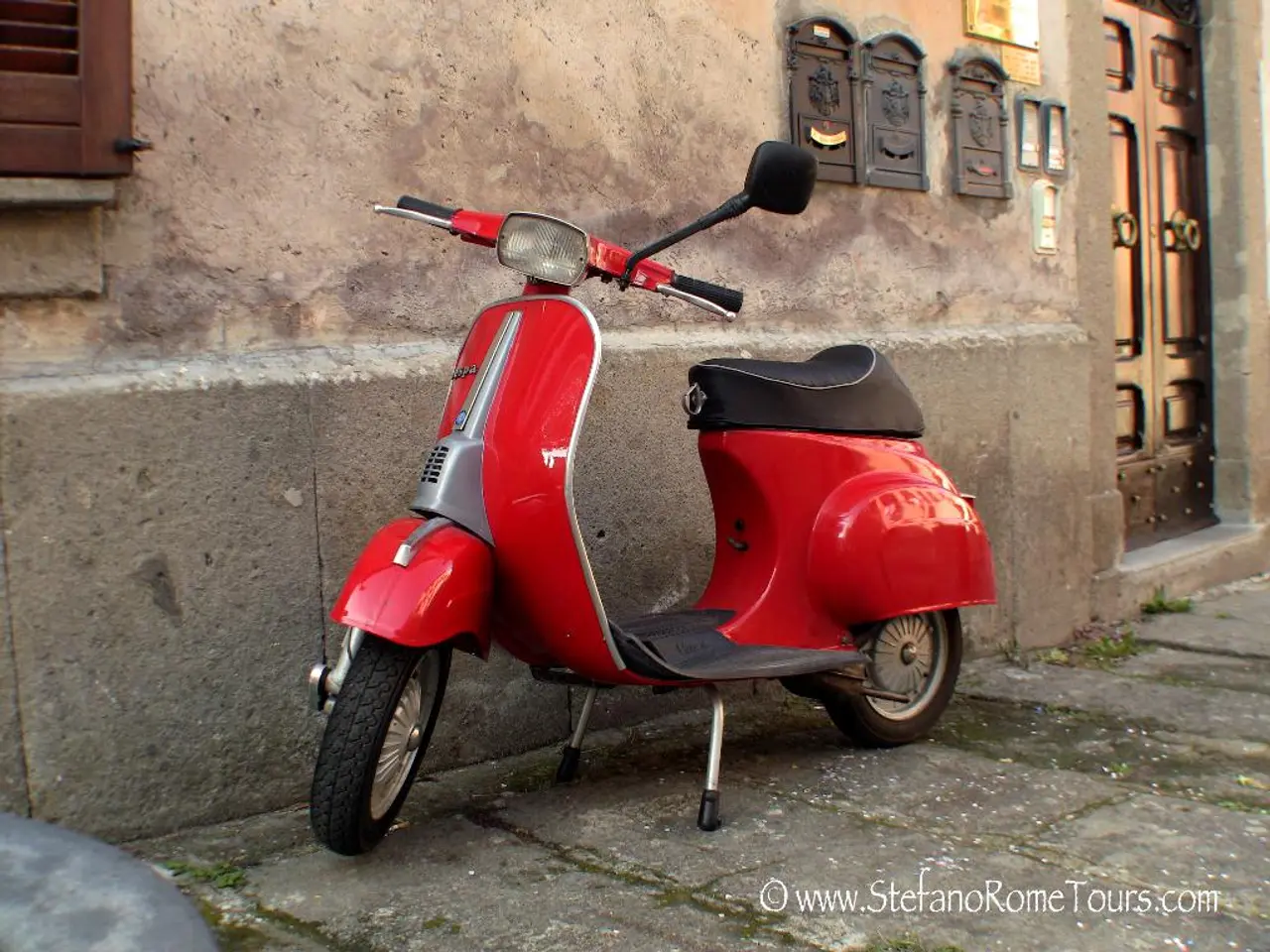Assessment of Canon EOS R7 Mirrorless Camera
In the realm of underwater photography and videography, two new additions to Canon's mirrorless camera lineup have caught the attention of enthusiasts and professionals alike: the Canon EOS R7 and the Canon EOS R10. Both cameras offer unique features tailored for capturing stunning underwater images and videos, but they cater to different levels of expertise and requirements.
The Canon EOS R7, priced at $1499, boasts an APS-C CMOS sensor with a resolution of 32.5 megapixels, providing high resolution for macro photography and good low-light performance. It offers 4K/60p video recording and 32 MP images, and boasts a dual-pixel autofocus system that tracks animal eyes. The R7's custom white balance presets deliver accurate colours even in deep waters, making it an excellent choice for underwater photography.
On the other hand, the Canon EOS R10, priced at $980, is a more affordable option with fewer features. It features an APS-C sensor with approximately 24 megapixels, solid autofocus, and good but less advanced autofocus capabilities than the R7. The R10 is suitable for casual underwater shooting but may struggle in challenging light or action scenarios.
Comparing the two cameras reveals several key differences that impact their suitability for underwater environments. The R7 is compatible with housings from both Ikelite and Nauticam, while the R10 has only an Ikelite housing available currently. The R7 excels in underwater videography, surpassing the Panasonic GH6 in terms of video clarity.
In terms of lens compatibility, the R7 offers three excellent close-up lens options: the Canon EF-S 60mm f/2.8 close-up lens, the Canon EF 100mm f/2.8 Macro Lens, and the Canon RF 100mm f/2.8 Macro Lens. The R10 also uses RF lenses but has fewer high-end telephoto options.
For underwater photography enthusiasts and technical divers seeking high-quality images and videos, the R7 is arguably the top APS-C camera compared to other leading APS-C models like the Sony A6400, Nikon Z50, or even the Canon R10. The R7's higher resolution, more advanced autofocus system, and better low-light performance make it better equipped to capture detailed underwater images, especially moving subjects.
The R10, however, offers good image quality and autofocus but is positioned more as an entry-level APS-C mirrorless camera. It is lighter and more compact, making it easier to handle with an underwater housing, but its lower resolution and less sophisticated autofocus system mean it might struggle more with fast-moving subjects or low light common underwater.
Both cameras are rated for 600 shots on a full charge, and can last for six to eight dives. The R7's "color science" is superior to that of Sony's APS-C cameras, and it can shoot in 10-bit 4:2:2 4K/60p with logarithmic mode, making it the clear choice over the R10 for video recording. The R7's built-in IBIS system greatly enhances footage stability.
In conclusion, for underwater photography and videography:
- Choose the Canon EOS R7 if you need superior image quality, faster autofocus, better performance in low light, and more advanced video features underwater. - Choose the Canon EOS R10 if you want a lighter, more affordable setup suitable for casual underwater shooting with decent image and video quality.
This makes the EOS R7 the preferred camera for serious underwater photographers and videographers, while the EOS R10 is better suited for beginners or those seeking simplicity.
[1] Marelux provides robust, lightweight housings rated to 100 meters depth with good ergonomics and additional features (vacuum systems, moisture alarms) compatible with Canon EOS cameras. [2] The Nauticam Canon EOS R7 underwater housing is constructed from durable anodized aluminum and is priced at $3163. [3] The Ikelite R7 Underwater Housing offers an excellent value for $1,195, providing all the capabilities of the Canon R7 camera. [4] The review was conducted in the chilly waters of the Pacific Northwest using the Ikelite Canon R7 Underwater Housing.
- The Canon EOS R7's dual-pixel autofocus system is designed to track animal eyes, making it an ideal gear for divers capturing macro photographs of underwater critters.
- A bluewater dive with excellent sunball lighting calls for a Canon EOS R7, given its superior color science and 10-bit 4:2:2 4K/60p with logarithmic mode.
- For divers engaging in travel photography, the Canon EOS R7 offers exceptional focus, composition, and resolution, perfect for capturing detailed images of reefs and nudibranchs.
- Underwater guide services often recommend the Canon EOS R7 for its advanced technology and gadgets, like the built-in image stabilization, which provides stable and vibrant footage.
- The Canon EOS R10's more compact size and affordable price tag make it a appealing gear for divers seeking a travel-friendly setup for casual underwater shooting.
- The Canon EOS R7's compatibility with Ikelite and Nauticam housings offers divers increased options when investing in durable underwater gear.
- When choosing between the Canon EOS R7 and R10 for underwater videography, the R7's superior video clarity and built-in image stabilization system edge out the competition, including the Panasonic GH6.
- For divers that value advanced exposure control, the Canon EOS R7's ability to shoot in 10-bit 4:2:2 4K/60p ensures excellent detail and color accuracy in underwater video recordings.
- The Marelux underwater housing offers divers a robust and lightweight option, featuring vacuum systems and moisture alarms, which works seamlessly with Canon EOS cameras.
- For those seeking a cost-effective underwater housing option for their Canon EOS R7, the Ikelite R7 Underwater Housing provides all the essential capabilities at an affordable price.
- When searching for the ultimate underwater photography guide, one might encounter recommendations for the Canon EOS R7, given its powerful autofocus system, impressive color science, and exceptional video features.




